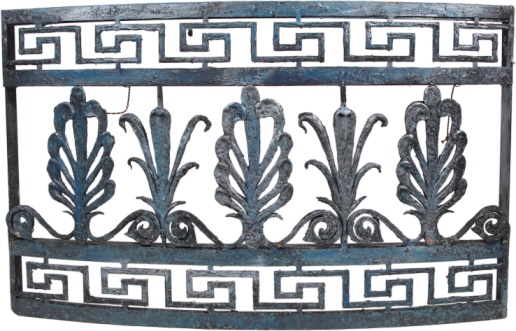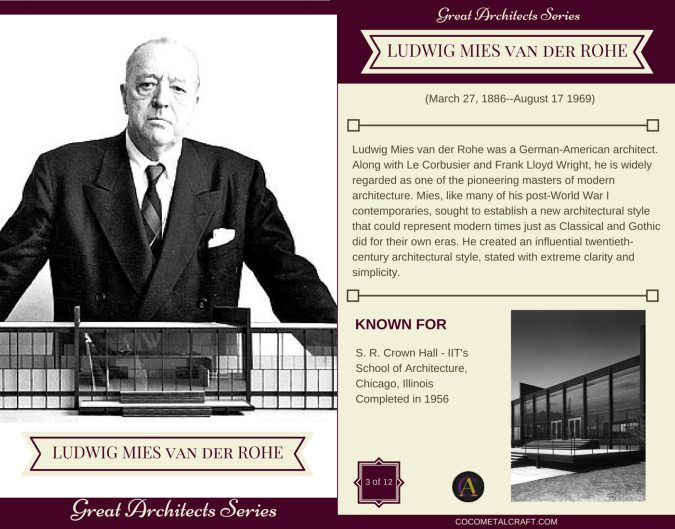As the 20th century approached, the world was in flux between old and new influences. The Industrial Revolution led to the establishment of urban life as we know it – and introduced mass production, a sort of economic equalizer. Scientific advances like Darwin’s Origin of the Species and Thomas Edison’s electric light bulb led to a more modern sensibility. And at the same time, increasing incomes meant that more people had access to classical ideas of art and architecture.
This melding of new and old created an exciting new art movement. In 1895, the movement gained a name courtesy of entrepreneur and art dealer Siegfried Bing, who ran the Paris gallery L’Art Nouveau.
Art Nouveau’s international influences
The visual motifs of Art Nouveau drew from a number of influences. The soft beauty of Impressionist art can be seen in the pastel colors, gentle curves and emphasis on plants and the female form. When international trade opened up in the 1860s, Japanese art flowed into the West – bringing simple, restrained elements to the designs of the time. Later, the Arts and Crafts movement emphasized beautiful forms for even the most utilitarian objects.
The power of this art movement continued to grow, finally exploding in popularity at the turn of the century. According to the National Gallery of Art, 51 million people attended the World’s Fair in Paris in 1900. The attendees saw the first significant display of Art Nouveau works in furniture, architecture, ceramics, glass, poster art, textiles and metalwork. In the pavilion run by Siegfried Bing, visitors could see rooms conceived as cohesive works of art, with fabrics, furniture, fixtures and decorative items working together. Another pavilion held the nature-inspired jewelry of Rene Lalique, including his dragonfly brooch.

Metalworking is revitalized by Art Nouveau
Art nouveau metalwork included both languid botanical motifs and a more structured, linear look inspired by artists like Charles Rennie Mackintosh.
Many artists of the time were enchanted by new industrial materials such as cast iron. Cast and wrought iron gates, fences and fireplace grates were created in artistic shapes that captured the flowing curves that had become popular in the movement. Even everyday objects and fixtures around the house could be elevated to pieces of fine art with this kind of detailed craftsmanship. Today, you can still see Art Nouveau’s influence in architecture and interior design.
At Coco Architectural, we remain inspired by this commitment to beauty and technological advancement. We strive to create beautifully designed metal products for homes and offices using the most advanced technology in our field. Contact us about our custom metalcraft projects – and inject a bit of art and history into your own space.


